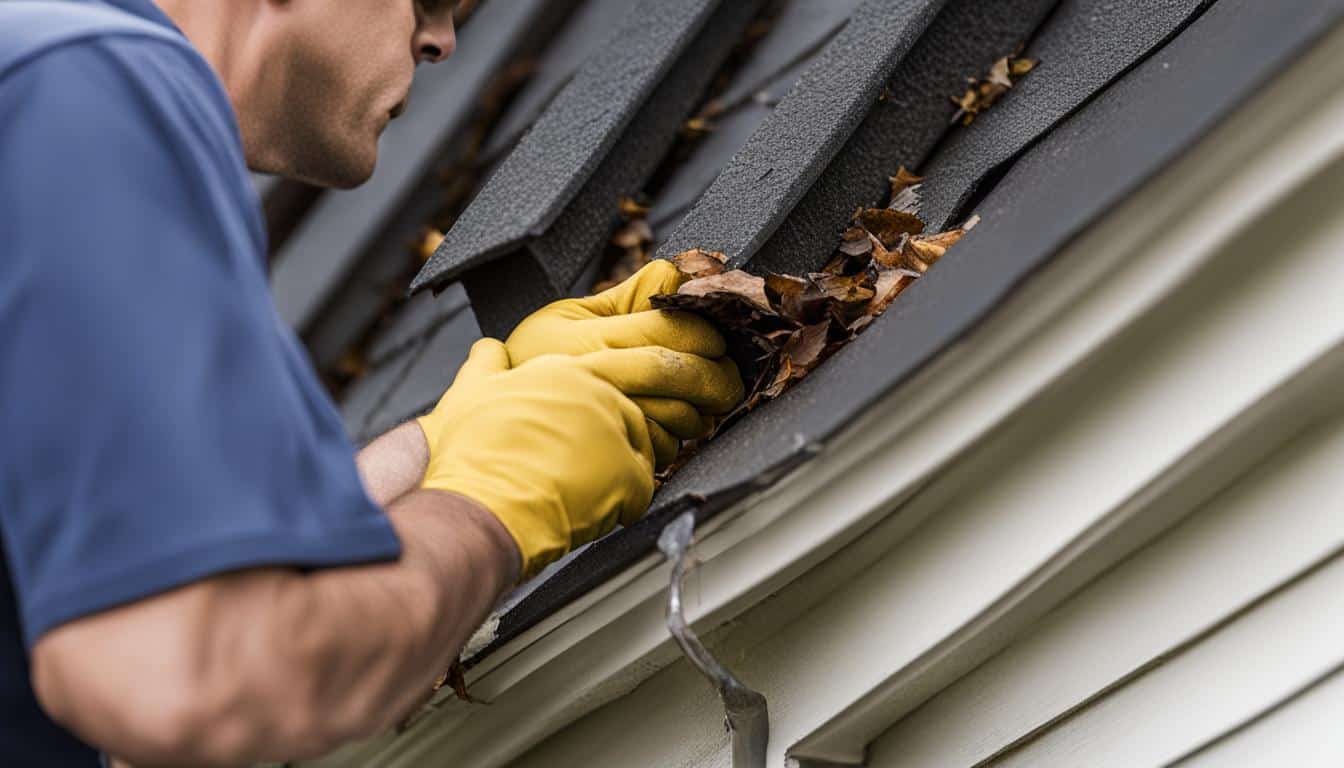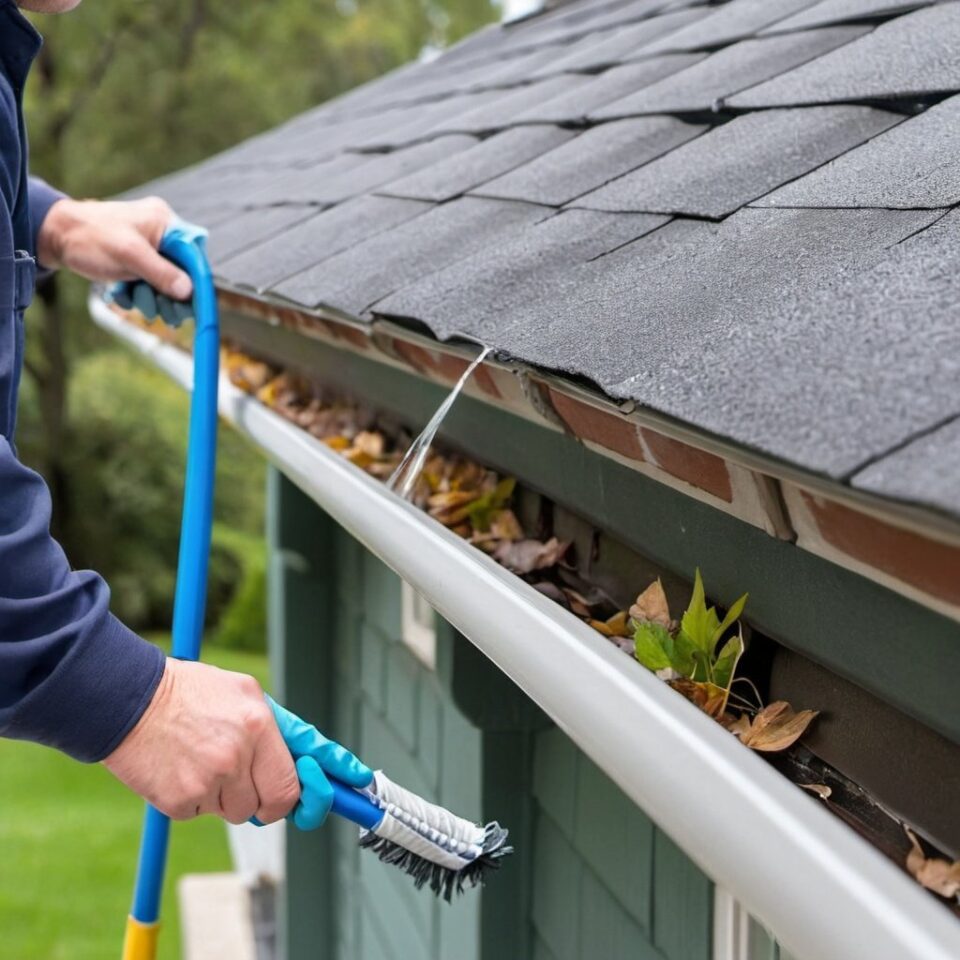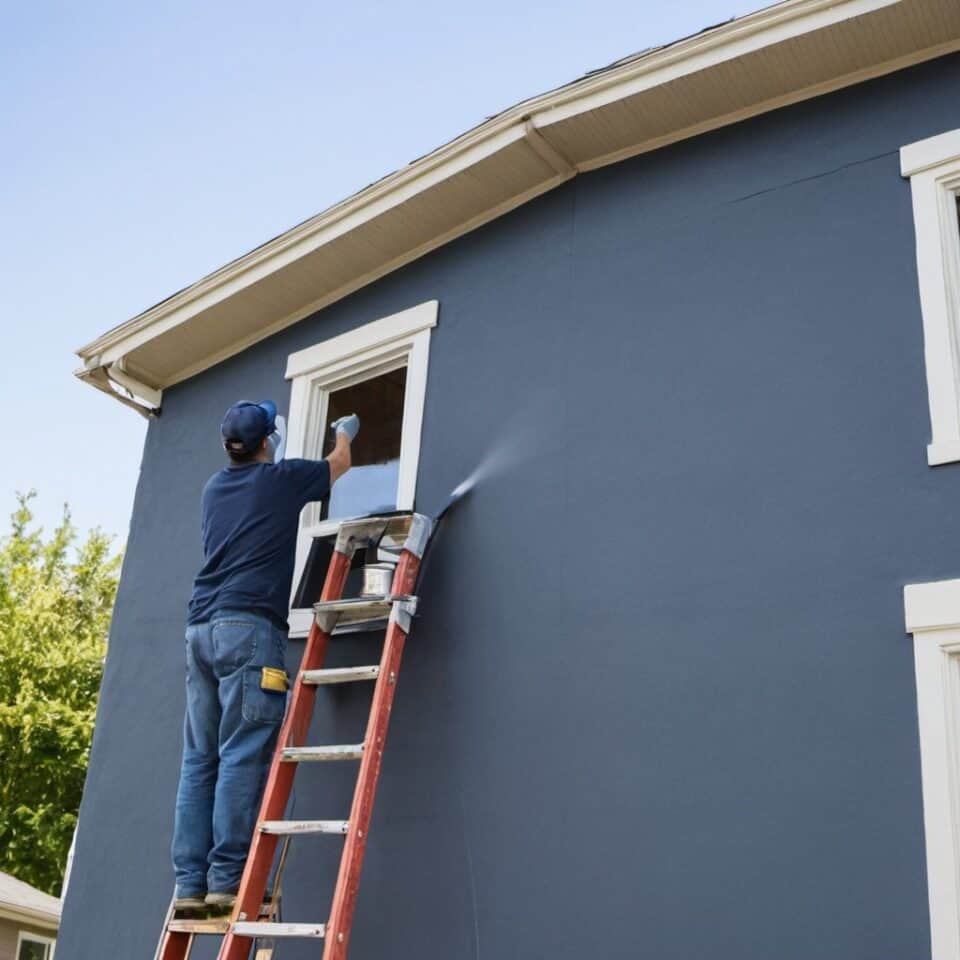Did you know that approximately 1.3 million homes in the United States suffer from storm damage to their roofs each year? When a fierce storm strikes, it can leave your roof vulnerable to leaks, structural damage, and overall deterioration. Ensuring prompt and effective emergency roof repair is crucial to safeguard your home against the elements and prevent further harm. So, here are the things to do after a storm and how to get an emergency roof repair after storm damage.
Assessing the Storm Damage and Safety Precautions
When a storm has passed and you suspect roof damage, it is crucial to assess the extent of the storm damage promptly.
Signs of Storm Damage
- Missing or loose shingles
- Visible cracks, dents, or punctures
- Curling or buckling shingles
- Water stains or leaks on the ceiling or walls
- Clogged or damaged gutters
- Widespread debris buildup
The presence of these signs can indicate the need for an emergency roof repair. It’s important to document the damage with photographs to provide your roofing contractor with a clear picture of the situation. Assessing storm damage and taking safety precautions are essential steps in the process of getting an emergency roof repair.
Finding a Reliable Roofing Contractor for Emergency Repairs
After assessing the storm damage to your roof, the next crucial step is to find a reliable roofing contractor who specializes in emergency repairs. Hiring the right professional for the job is essential to ensure the safety and long-term integrity of your roof. Here are some essential tips to help you in your search:
- Ask for recommendations: Reach out to friends, family, and neighbors who have recently undergone roof repairs or replacements. Their personal experiences and recommendations can provide valuable insights and help you find reliable contractors in your area.
- Do your research: Use online resources and directories to search for roofing contractors in your locality. Look for companies with positive reviews, high ratings, and a strong reputation for providing quality service.
- Check credentials: Once you have a list of potential contractors, verify their credentials. Ensure that they are licensed and insured to perform roofing work in your area. A reliable contractor will have the necessary certifications and credentials to back up their expertise.
- Get multiple estimates: It is always recommended to obtain multiple estimates from different contractors. This will give you a better understanding of the costs involved and help you make an informed decision. However, be cautious of overly low or high estimates; choose a contractor whose pricing seems fair and realistic.
- Ask for references: Request references from the contractors you are considering. Contact these references to learn about their experience with the roofing contractor. Their feedback can provide valuable insights into the contractor’s workmanship, professionalism, and overall satisfaction level.
- Evaluate communication and responsiveness: During your initial interactions with the contractors, pay attention to their communication skills and responsiveness. A reliable contractor will be prompt in answering your queries, addressing concerns, and providing clear explanations about the repair process.
Temporary Measures to Protect Your Roof Before Repairs
When your roof suffers storm damage and you’re waiting for the roofing contractor to arrive and perform the necessary repairs, it’s crucial to take immediate temporary measures to protect your roof from further damage.
1. Cover Exposed Areas
Inspect your roof for any areas that have been compromised by the storm. If you notice missing or damaged shingles, tarps, or any other exposed areas, cover them up using temporary materials. Tarps, heavy-duty plastic sheets, or even wooden boards can be securely fastened to prevent further water ingress and minimize the risk of additional structural damage.
2. Remove Debris
Strong winds and heavy rain can cause debris to accumulate on your roof, such as branches, leaves, or even fallen trees. The presence of debris can worsen the damage and obstruct the proper flow of water, leading to potential leaks and further deterioration. Safely remove any debris from your roof, ensuring you take adequate safety precautions to prevent accidents or injuries.
3. Reduce Water Ingress
Minimizing water ingress is crucial to protect your home’s interior and prevent further damage. Use buckets or containers strategically placed under ceiling leaks to collect water and prevent it from spreading to other areas of your home. Additionally, consider using temporary waterproof sealant or roofing cement to patch small leaks temporarily.
4. Document the Damage
Before the repairs begin, it’s essential to document the storm damage to support any insurance claims or legal matters. Take clear and detailed photographs or videos of the affected areas, ensuring you capture the extent of the damage. This documentation will serve as evidence and facilitate the claims process.
Remember, temporary measures can only provide temporary relief until professional repairs are carried out. It’s crucial to get in touch with a reliable roofing contractor as soon as possible to assess the damage and execute the necessary repairs to restore the integrity of your roof and protect your home against future storms.
Reliable Roof Repair Services in Greensboro
At Davila Construction, we prioritize your safety and peace of mind with our expert roof repair services in Greensboro. We understand the urgency and stress caused by severe weather and are dedicated to restoring the integrity of your roof swiftly and efficiently.
Our experienced team uses only top-quality materials, ensuring durable repairs that stand the test of time. Trust us to protect your home with our reliable, fast, and trusted roofing solutions.
For emergency roof repair, choose Davila Construction, where your safety is our utmost concern. Call us at (336) 575-2312




